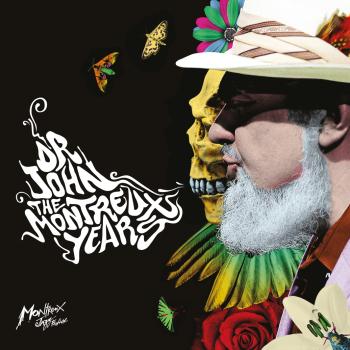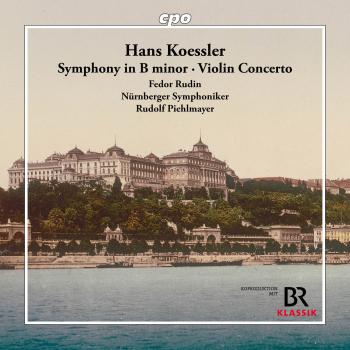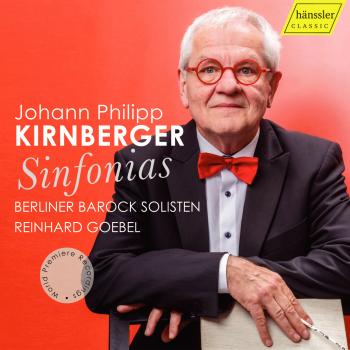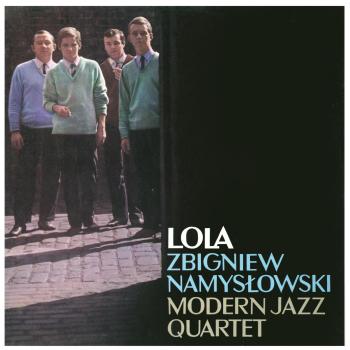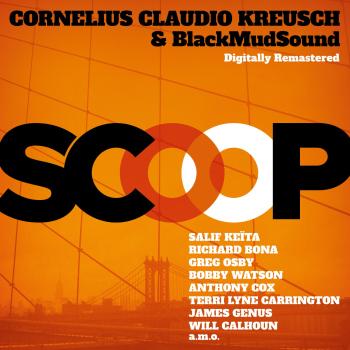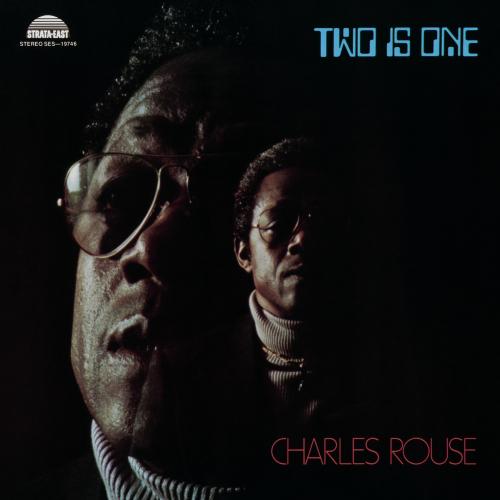
Two Is One (Remastered) Charlie Rouse
Album info
Album-Release:
1974
HRA-Release:
25.04.2025
Album including Album cover
- 1 Bitchin' 07:16
- 2 Hopscotch 07:22
- 3 In a Funky Way 04:54
- 4 Two Is One 11:15
- 5 In His Presence Searching 09:32
Info for Two Is One (Remastered)
Charlie Rouse’s groundbreaking album Two Is One is a funk-infused exploration of jazz that embodies the innovative spirit of Strata-East Records. Originally recorded in 1974 and transferred from the original analog tapes, Two Is One fuses sophisticated soul jazz with post-bop and spiritual influences while highlighting stellar collaborations with guitarists George Davis and Paul Metzke, Cal Scott on electrified cello, and the incomparable Stanley Clarke on electric bass.
For the first time ever, this classic from a saxophone legend will be available on CD and digital platforms, as well as on 180-gram vinyl. Pressed at Record Technology Inc. (RTI) and mastered by Kevin Gray at Cohearent Audio, the vinyl edition comes in high-quality, glossy tip-on gatefold jackets. It also includes new liner notes by Syd Schwartz and never-before-seen photos, making this release a must-have for jazz enthusiasts and collectors alike.
Charles Rouse, tenor saxophone, bass clarinet
George Davis, guitar (tracks 1, 3 & 5)
Paul Metzke, guitar
Calo Scott, cello
Martin Rivera, bass(tracks 1 & 3)
Stanley Clarke, bass (tracks 2, 4 & 5)
David Lee, drums
Azzedin Weston, congas (tracks 1 & 3)
Airto Moreira, percussion (tracks 2, 4 & 5)
Recorded and Mixed in 1974 at The Warehouse, New York, NY
Engineered by Bill Robertson & Craig "Brewster" Bishop
Mixed by Craig "Brewster" Bishop
Produced by Cha-Rou Inc.
Digitally remastered
Charles Rouse
Possessor of a distinctive tone and a fluid bop-oriented style, Charlie Rouse was in Thelonious Monk’s Quartet for over a decade (1959-1970) and, although somewhat taken for granted, was an important ingredient in Monk’s music. Rouse was always a modern player and he worked with Billy Eckstine’s orchestra (1944) and the first Dizzy Gillespie big band (1945), making his recording debut with Tadd Dameron in 1947. Rouse popped up in a lot of important groups including Duke Ellington’s Orchestra (1949-1950), Count Basie’s octet (1950), on sessions with Clifford Brown in 1953, and with Oscar Pettiford’s sextet (1955). He co-led the Jazz Modes with Julius Watkins (1956-1959), and then joined Monk for a decade of extensive touring and recordings. In the 1970s he recorded a few albums as a leader, and in 1979 he became a member of Sphere. Charlie Rouse’s unique sound began to finally get some recognition during the 1980s. He participated on Carmen McRae’s classic Carmen Sings Monk album and his last recording was at a Monk tribute concert. (Scott Yanow, AMG)
This album contains no booklet.

